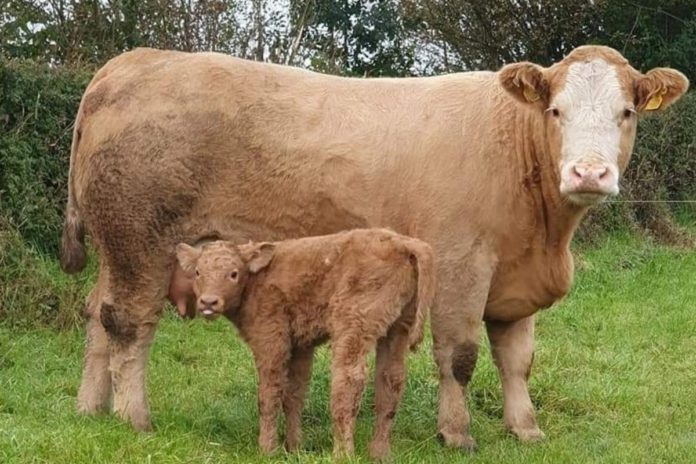Timed AI: Protocols for heifers and cows
“There is a role for AI in every herd” – that is the belief of Professor David Kenny, Teagasc Grange, who discussed its importance on suckler farms during a Teagasc webinar on suckler breeding.
He listed the production of replacement heifers and the use of easy calving sires as two of its benefits.
He acknowledged that many farmers view labour and heat detection as “major” obstacles to AI use.
Therefore, in this respect, farmers need to implement “practical, low labour and cost-effective” protocols if they wish to incorporate AI into their breeding programme.
However, he stressed that good handling facilities are vital for these protocols.
Timed AI
Professor Kenny explained that timed AI is “gaining popularity in recent years”.
He referred to three synchronisation/TAI protocols based on a 7-day PRID that Teagasc analysed in recent years.
The trial involved over 2,200 cows that were calved at least 35 days and submitted for AI regardless of heat (100% submission rate) across 74 different herds.
As part of the study, herd owners chose semen for cows; therefore, various sires were used.
- Teagasc then pregnancy scanned cows at 30 days and 60 days after breeding them.
- PRID were in place for approximately seven days and were then removed. Three days later, all cows were AI’d regardless or not if they showed heat or not;
- 10 days afterwards: Farmers turned in stock bulls to ‘mop up’ repeats;
- At 30 days, cows were scanned. According to Professor Kenny, Teagasc found that on average, notwithstanding the fact that 60% of cows were not cycling at all at the start of the programme, approximately 54% were pregnant to TAI.
One month later, Teagasc discovered that with timed AI, combined with stock bull’s natural services, 78% of cows were in-calf in the first 23 days of breeding.
How must does it cost?
- Cow cyclicity (range): 50-70-%;
- Average cost: (POM – prescription-only medicine): €22-€32 (a veterinary call-out fee may also occur);
- AI cost: 1st-service (average): – €25-€40;
- Average cow range per cow: €47-€62.
Other:
- Stockbull (30 cows)
- Total cow per cow/year: €52/calf or cow bred.
He explained that:
- You can use this to target cows to breed replacements/late calvers;
- Can combine with ‘clean up’ natural service (stock bull use);
- You can achieve “acceptable” pregnancy rates with TAI;
- Furthermore, you can target cows to breed replacements/late-calvers;
- Resynchronisation of repeats;
- Protocols for sexed semen;
He stressed that this is “not a substitute” for good animal husbandry and technical skill.
Prostaglandin-based protocols for beef heifers.
According to Kenny, prostaglandin-based protocols for beef heifers are the “most cost-effective”, being “a fraction” of the cost of what he outlined above.
He told farmers that various options are available, depending on the availability of time and labour for heat detection.
One example he provided involves waiting until day five when you would inject all heifers with prostaglandin and heat detect and AI them over the next week as they come into oestrous.
He explained that most would show heat about five days after injecting them.
Alternatively, he suggested that if you wish to opt for a more compact calving period, you can administer two injections to the group, approximately 10-11 days apart and heat detect thereafter.
With this method, he explained that heifers should generally come into heat by three days after you administer the second injection.
More articles on That’s Farming:





